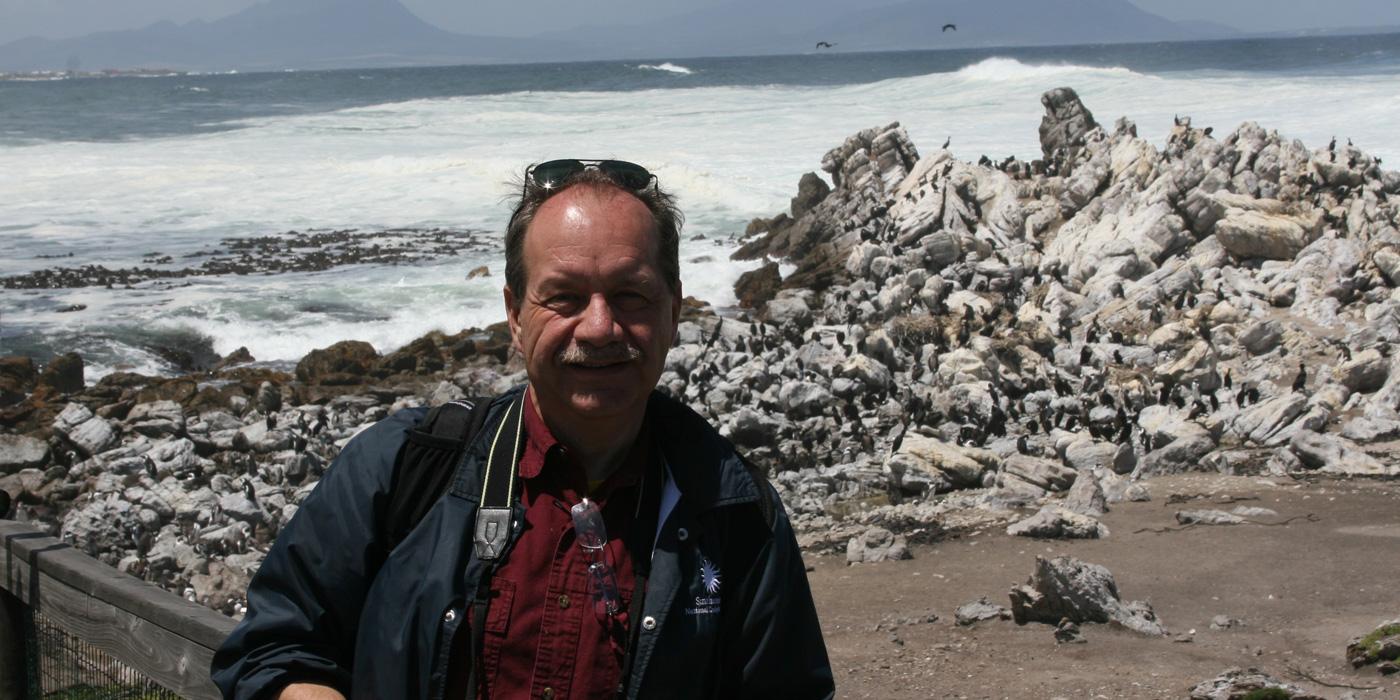It Takes a Colony: How to Care for Penguins
Penguins are social birds that gather together on land for warmth and protection. Many zoos come together too, to help protect and save species. Waddle along with Small Mammal House Curator and African Penguin Species Survival Plan coordinator, Steven J. Sarro, as he shares his experiences working with both other zoos and penguins!

It’s awesome to work with other zoos and aquariums. Each institution has its own tactics for reaching and teaching their local community about animals and conservation. By combining all these efforts and working together, we can make a greater impact and save species for future generations to enjoy.
Penguins are iconic species. Many people may think of emperor or king penguins, but there are 18 different species and they’re all so unique. I’ve had the honor to work with African penguins for the past 30 years, and I started the African Penguin Species Survival Plan (SSP).
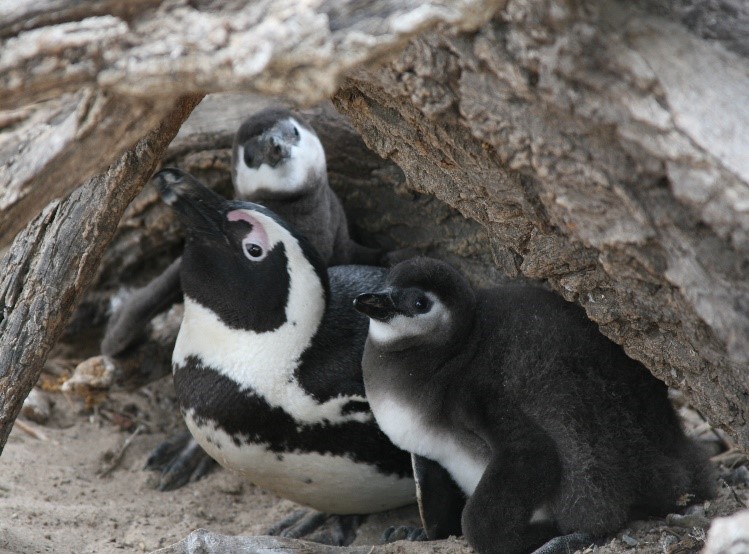
Accredited zoos and aquariums, through the Association of Zoos and Aquariums (AZA), participate in different management programs. These programs ensure that we have the best genetically diverse populations of each species by helping with breeding recommendations and keeping track of who’s related to who.
Genetic diversity plays an important role in the overall health of a species, its ability to fight disease and even whether it can easily reproduce. Building genetically diverse populations as best we can in zoos is key if we are ever able or need to do a reintroduction program for a certain animal.
This is particularly important for endangered species. If an animal were to go extinct in the wild, zoos have a reserve population ready to go for the day we can reintroduce the animal back into its native range. This doesn’t work for every species, but for those that do well in zoos it can be a game changer.
Think of the black-footed ferrets. Zoos, including Smithsonian’s National Zoo and Conservation and Biology Institute, took in the last 18 ferrets and bred them. Now, black-footed ferrets are back on the American prairie and reintroduction programs continue!
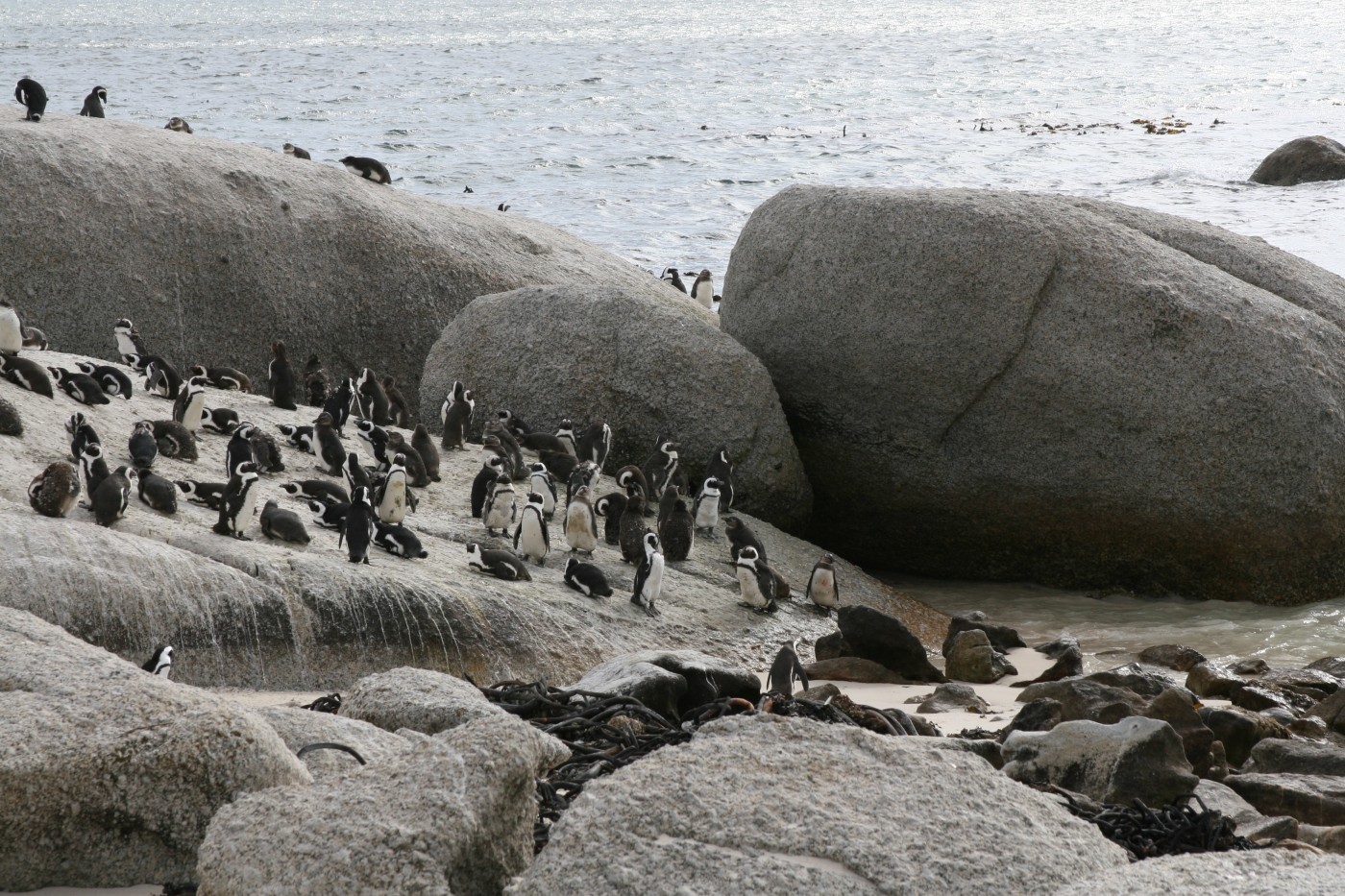
Today, African penguins are endangered. Some 120 years ago, more than 3 million African penguins lived in the wild but now only around 40,000 remain. Over the years, these enchanting birds faced a wide variety of threats. Some of these threats are regulated now, but others continue.
One of the best ways to help penguins is to watch what seafood you eat! Fisheries often catch fish close to land, where penguins hunt. The penguins are then pushed to fish further out. This can cause them to not have enough food to feed their chicks by the time they get back to land.
Another issue is which fish the fisheries catch. Many people like to catch and eat the big fish. However, big fish are often also the breeding fish! If too many breeding fish are caught before they can breed, the overall fish population declines.
To ensure that you only consume fish from sustainable fisheries, be aware of how your seafood was caught. You can check out Monterey Bay Aquarium’s Seafood Watch to help make informed decisions.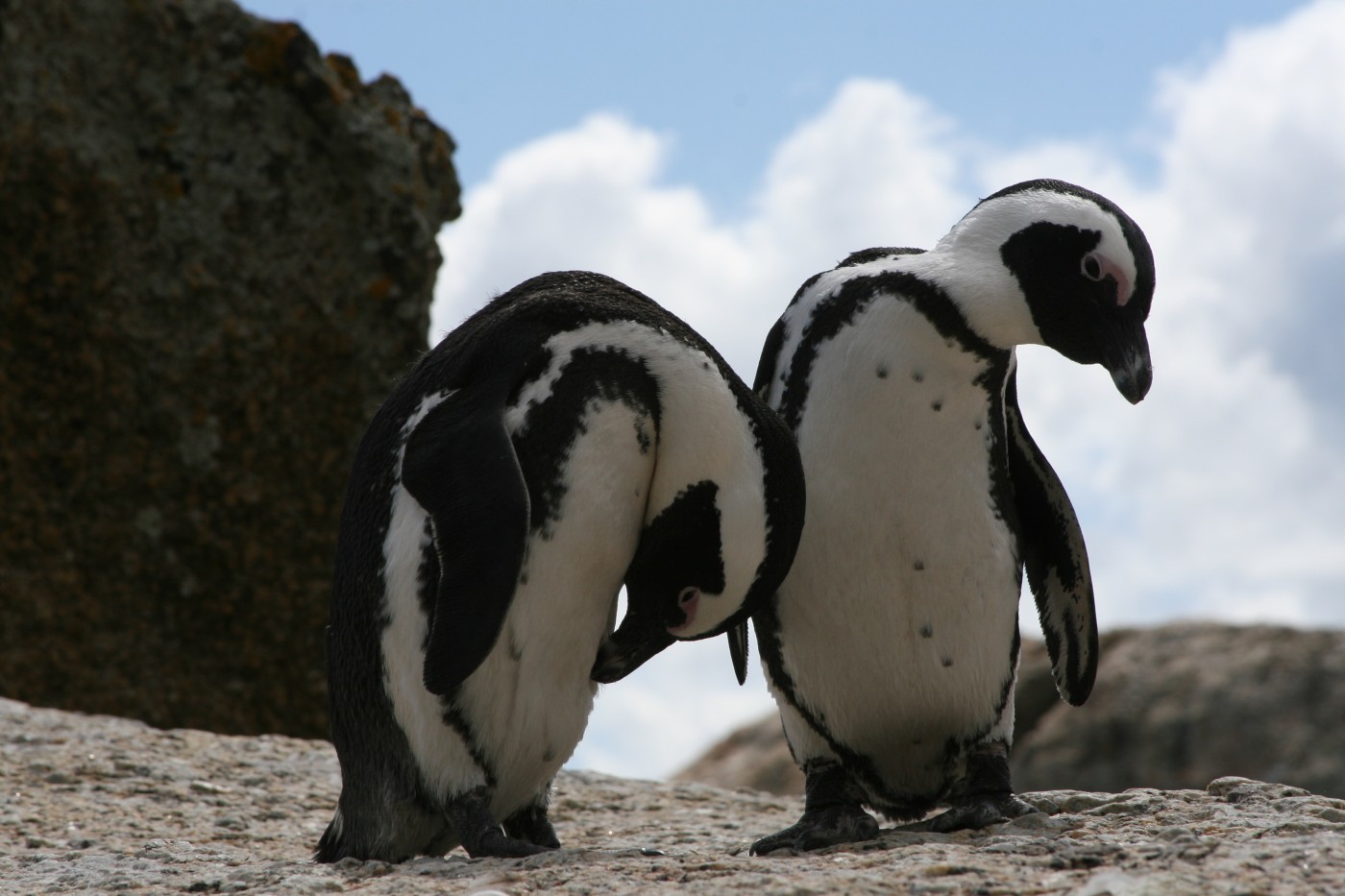
Another way to help penguins is to support zoos that have them and learn about them! My excitement for penguins began with my time working at the Maryland Zoo in Baltimore. When I was there they had, and still have, the largest colony of African penguins.
The more I learned about these penguins, the more I wanted to do to help them. We had a studbook — a record of all of our penguins and their descendants tracing back to their wild ancestors — which helped us make some good breeding decisions. However, at the time North American zoos weren’t working together as much they could be.
We needed to start putting our ideas into practice and collectively make better decisions. So, I applied to have an African Penguin SSP, which started in 1995, and I’ve been leading it ever since. I also traveled to South Africa and the islands where African penguins live and helped with wild populations.
Learning about and working with penguins is a great first step for anyone who aspires to work with them. Do a school research project. Volunteer at a zoo with penguins. Volunteer with an international organization that helps penguins in the wild.
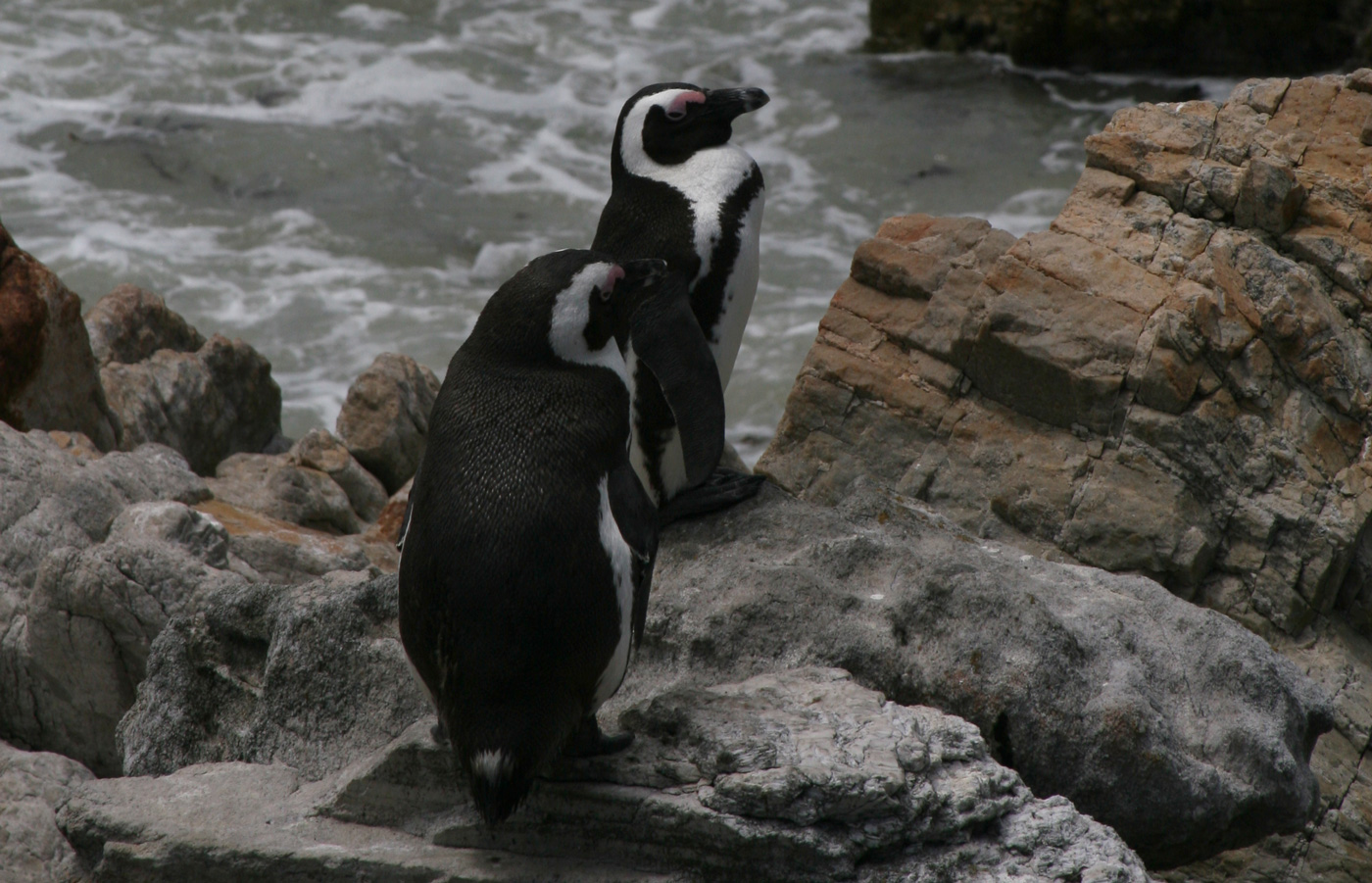
The Smithsonian’s National Zoo may not have penguins, but we are still supporting them. The Zoo supports me and my work with the African penguin SSP. While it would be wonderful to have penguins at the Zoo, too, we have to take many factors into consideration when planning which animals we exhibit. That includes whether we have the facilities to house the animals and meet their physical, nutritional and social needs, as well as whether the experience can help teach visitors about these animals and ongoing conservation efforts.
Each zoo has different strengths and specialties. It’s important to lean into those so that zoos as a whole can help a wide variety of animals. The Smithsonian's National Zoo is great with giant pandas and great cats, such as African lions and Sumatran and Amur tigers. Other zoos excel at African penguins or emperor penguins. We must work with and support each other to make the greatest impact.

Looking back, there is no other career I would want to be in. I get to travel the world and work with animals. Most importantly, at the end of the day I can say that I made a positive difference. I want to leave this world a better place than when I entered it. There are a lot of really amazing animals out there. We have to work together to keep them around so future generations can enjoy them, too.
Waddle into more stories from our animal care experts! Check out a variety of stories from all over Smithsonian’s National Zoo and Conservation Biology Institute here.

